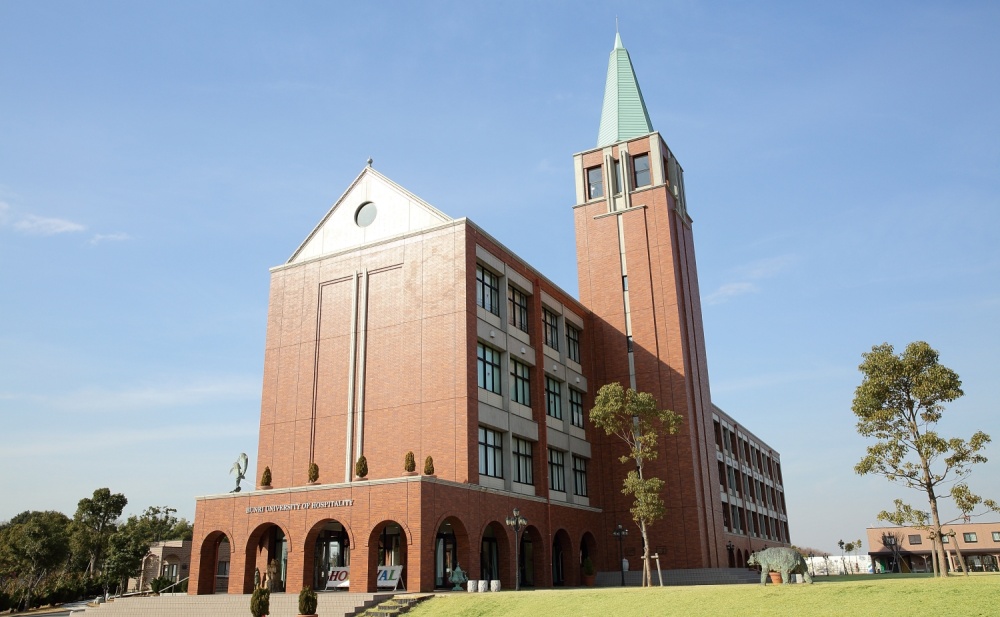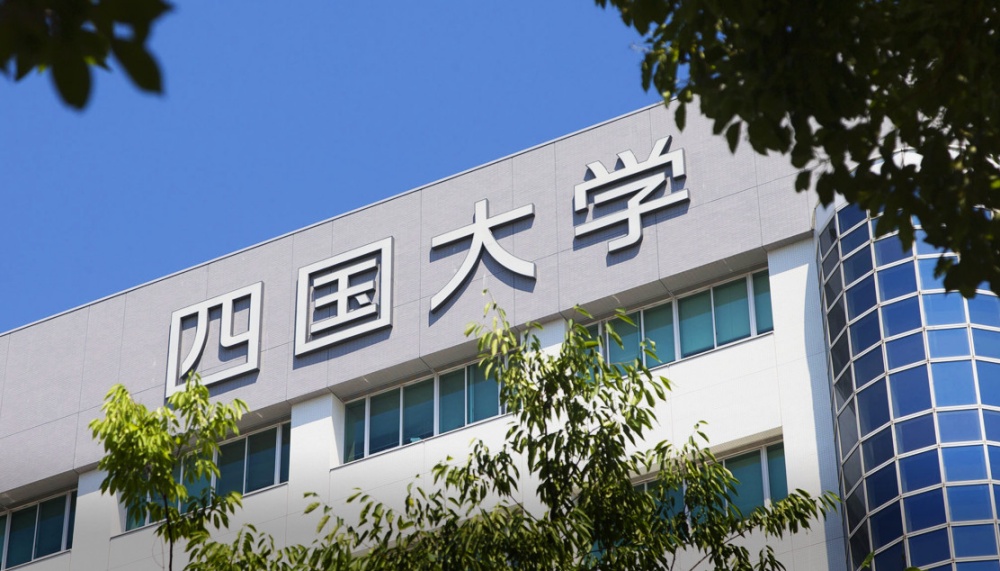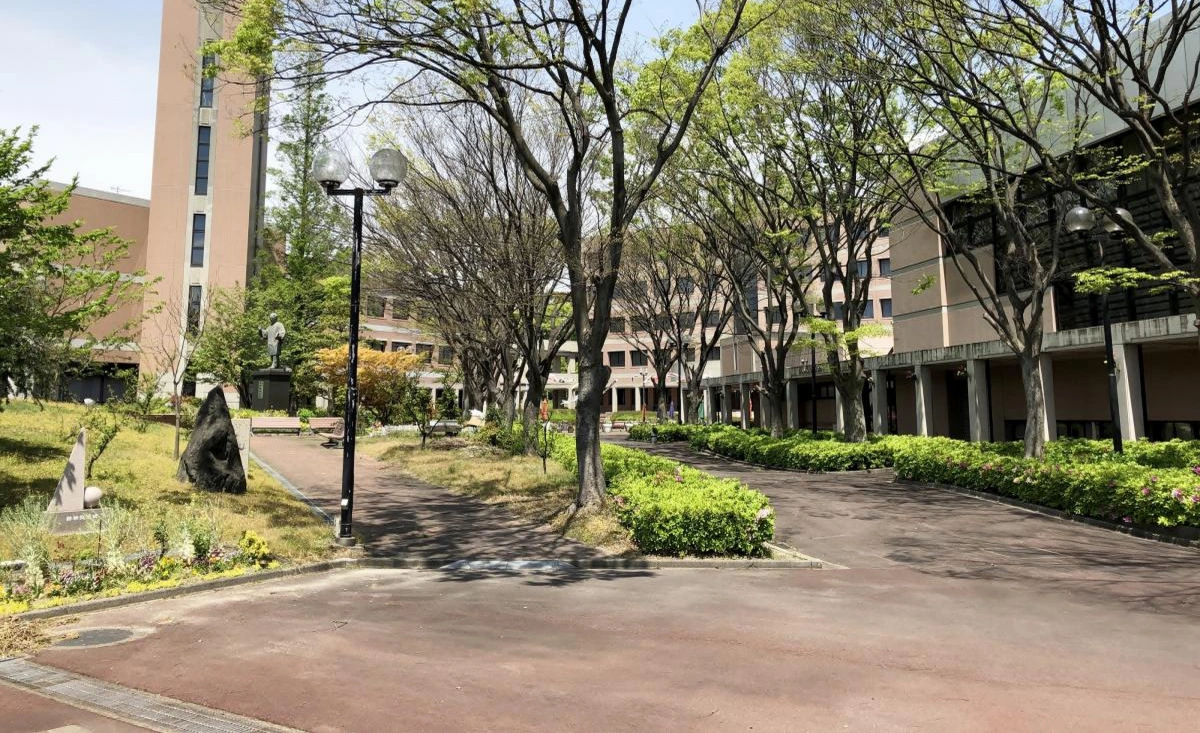Kyoto University is a comprehensive university located in Sakyo-ku, Kyoto, Japan. It comprises ten faculties and offers a curriculum based on a "free academic atmosphere" that fosters excellent researchers and individuals with advanced specialized skills through innovative and diverse research activities and dialogues. On the other hand, you can study in a peaceful environment surrounded by the natural and historical cityscape.
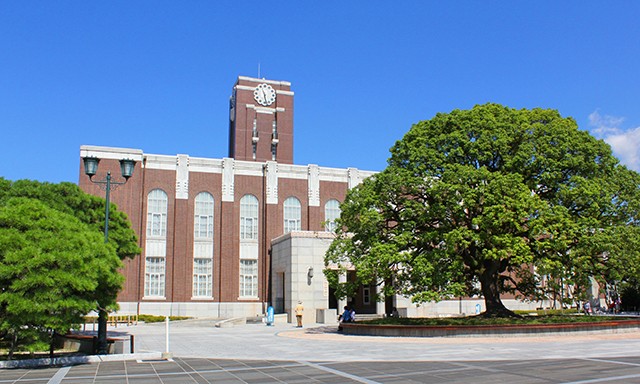
Faculties at Kyoto University
| Faculties | Letters / Education / Law / Economics / Science / Engineering / Agriculture / Medicine / Pharmaceutical Sciences / Human and Environmental Studies |
| Students | 12,808 |
| Main Campus | Yoshida Campus |
Characteristics of Kyoto University
Kyoto University promotes a "free academic style" and "self-learning." This motto has been in use since the establishment of Kyoto Imperial University, the predecessor of Kyoto University, in 1897, under its first president, Professor Horin Kinosita, who adopted a German-style system of free education.
In other words, Kyoto University was founded from the beginning for the sake of academic development, which is why they can independently pursue academic goals. This environment has produced many Nobel Prize and Fields Medal recipients.
World Rankings of Kyoto University
QS World University Rankings
The 2024 QS World University Rankings, released in June 2023, featured 1,497 universities from 104 countries and regions. Kyoto University was ranked 46th overall (within the top 3% globally). In Japan, only the University of Tokyo and Kyoto University made it into the top 50.
Kyoto University received particularly high scores in academic reputation (20th) and employer reputation (14th).
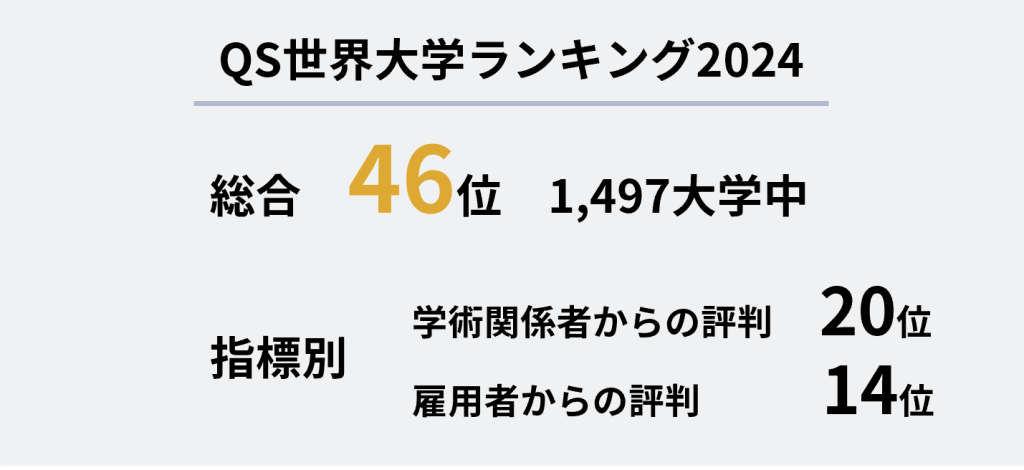
THE World University Rankings
The 2024 Times Higher Education World University Rankings, published in September 2023, included 1,904 universities from 108 countries and regions. Kyoto University was jointly ranked 55th overall. Similarly, only two Japanese universities made it into the top 100, including Kyoto University.
In the evaluation categories, Kyoto University received high marks in industry contribution (joint 1st), educational contribution (21st), and research environment contribution (27th).
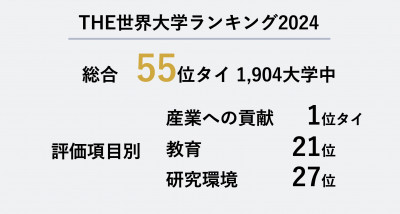
Kyoto University Entrance Exams
Exam Structure
Entrance exams at Kyoto University come in various formats with different compulsory subjects and focal points.
It is essential to understand the unique characteristics of the entrance exams for each university and prepare accordingly.
Entrance Exam Characteristics
There are two selection methods: General Selection (Early Admission Program) and Special Entrance Exams.
General Selection (Early Admission Program): When the number of applicants exceeds a certain limit, the first round of selection is based on the results of standard exams.
- General Selection:
- Common Exam: 5 subjects (arts) to 7 subjects (sciences) to 6 subjects (arts) to 8 subjects (sciences).
- The second round of exams consists of 4 subjects (only the Medical School includes interviews).
- Second-round exam scores carry significant weight.
- The Faculties of Medicine, Education, Economics, and Integrated Human Studies differentiate between arts and sciences majors.
- The Faculties of Engineering and Agriculture implement a multi-department application system.
- Special Entrance Exams:
- These require common exams and come in three forms: Comprehensive, School Recommendation, and Late Arrangement (varies by department).
Kyoto University Deviation Values
| Faculties | Deviation values |
| Integrated Human Studies | 65.0~67.5 |
| Faculty of Letters | 67.5 |
| Faculty of Education | 65.0~67.5 |
| Faculty of Law | 67.5 |
| Faculty of Economics | 65.0~67.5 |
| Faculty of Science | 65.0 |
| Faculty of Medicine | 60.0~72.5 |
| Faculty of Pharmaceutical Sciences | 65.0 |
| Faculty of Engineering | 62.5~67.5 |
| Faculty of Agriculture | 62.5~65.0 |
Kyoto University Tuition Fees
| Classification | Annual tuition | Half year tuition | Admission fee | Exam fee |
|---|---|---|---|---|
| college | 535,800 yen | 267,900 yen | 282,000 yen | 17,000 yen |
| graduate School | 535,800 yen | 267,900 yen | 282,000 yen | 30,000 yen |
| law school | 804,000 yen | 402,000 yen | 282,000 yen | 30,000 yen |
| Colleges and departments (including majors) | 390,000 yen | 195,000 yen | 169,200 yen | 18,000 yen |
| transfer, transfer, re-enrollment | 535,800 yen | 267,900 yen | 282,000 yen | 30,000 yen |
| Classification | Tuition fee | Admission fee | Exam fee |
|---|---|---|---|
| Attendance students | 14,800 yen per piece | 28,200 yen | 9,800 yen |
| Special listening students | 14,800 yen per piece | -------- | |
| Students taking courses such as subjects | 14,800 yen per piece | 28,200 yen | 9,800 yen |
| Entrust students | 14,800 yen per piece | 28,200 yen | 9,800 yen |
| Auditors | Monthly fee: 29,700 yen | 84,600 yen | 9,800 yen |
| special auditor | Monthly fee: 29,700 yen | -------- | |
Kyoto University Reviews
1. Current Student/Admitted in 2022/Faculty of Science/Science Major/Male
You can learn from top-notch professors in Japan and immerse yourself in research with state-of-the-art equipment. It's a perfect environment for students who are eager to study and conduct research.
Kyoto University's surrounding areas have many restaurants. However, it's a bit far from the nearest train station, making student commutes somewhat challenging.
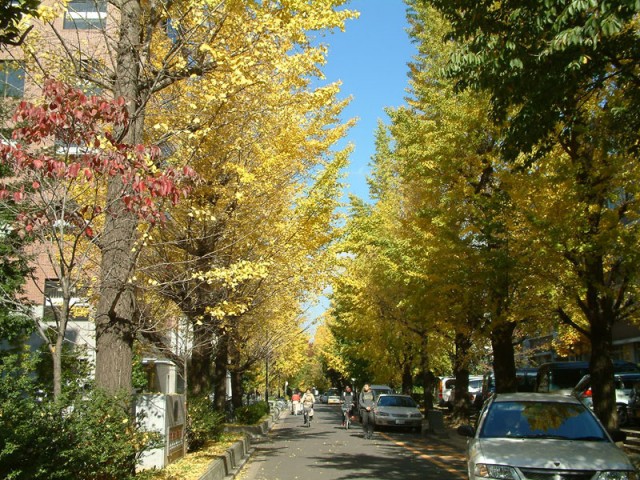
2. Current Student/Admitted in 2018/Faculty of Science/Science Major/Female
Even as an undergraduate, you can delve into specialized subjects. If you're considering pursuing a master's or a Ph.D., Kyoto University is the place to be. Professor Yamana's course on IPS cells is excellent! Plus, you have the freedom to visit various professors' labs to discuss their course materials.
There are affordable and delicious restaurants, tourist attractions like the Silver Pavilion, and natural beauty spots like Daigo, among other things to explore in the area.
3. Graduate/Admitted in 2017/Faculty of Agriculture/Food and Environmental Economics Major/Male
Among the six departments in Kyoto University's Faculty of Agriculture, this department is primarily focused on the humanities. The department has a small number of students, only 35, so you can quickly remember faces and names and make friends right after entering the school.
I find this school to be one of the easiest to study in among the faculties of agriculture. Half of the courses are related to economics, so it might get a bit dull for those who wish to work on a farm.
The area around Kyoto University is safe and convenient, with many restaurants and convenience stores, possibly because of the high student population. There are many famous tourist attractions nearby, such as the Silver Pavilion, Heian Shrine, and Shijo-Kamogawa, offering a unique Kyoto student life experience!
4. Current Student/Admitted in 2021/Faculty of Education/Educational Science Major/Female
I can recommend Kyoto University to anyone interested in studying education or psychology, particularly in clinical psychology, where Kyoto University has the strongest faculty. You can choose between arts or science majors within the Faculty of Education, which is great.
The Education Building has professors' labs and laboratories. The Faculty of Education also has a library with an extensive collection of educational and psychology books.
About 30% of students go on to graduate school, and while many become teachers, many end up working in companies. Because of the small faculty size, it's easy to make friends, but in terms of romantic relationships, students tend to make friends through clubs or part-time jobs, possibly considering their future relationships.
